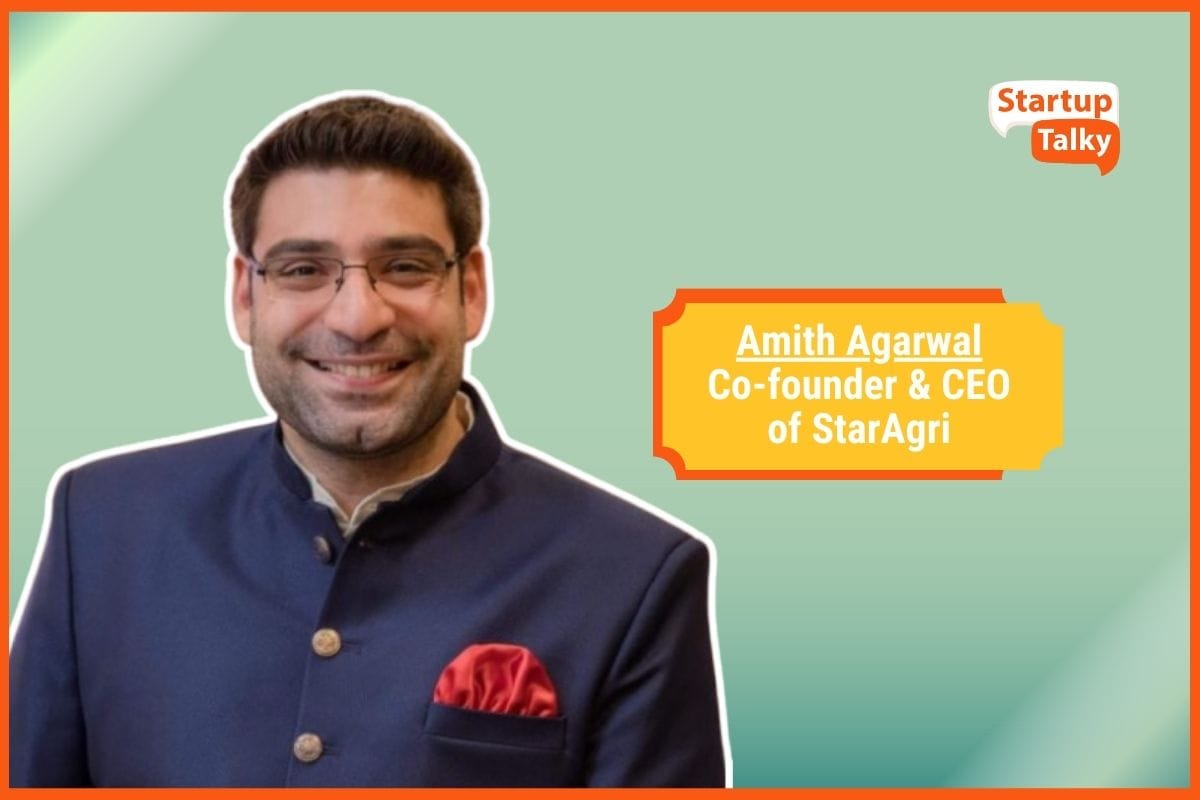How to Create an Effective SaaS Content Marketing Strategy
📖 Learning
A successful Software as a Service (SaaS) content marketing strategy is essential for attracting and retaining customers. The below steps encompass identifying your target audience, analyzing their pain points, researching keywords, setting campaign goals, tracking progress, producing compelling content, effectively distributing it, and continuously monitoring and optimizing results.
Identify Your Target Audience
Analyze the Pain Points
Search for Keywords
Set Campaign Goals and Tracking
Produce Your Content
Distribute the Content
Monitor and Optimize the Results
Identify Your Target Audience
Defining your target audience is the foundation of your content marketing strategy. Start by answering critical questions:
- Is your ideal buyer a business or a consumer?
- What are their demographics, including age, gender, and income?
- Which industry are they in, and what positions do they hold?
- Which brands do they prefer?
- What websites and social media profiles do they engage with?
Creating detailed buyer personas can humanize your audience and aid in brainstorming effective content ideas. Leverage analytics tools like Facebook Analytics to gain insights into your social media following, helping you create accurate buyer profiles.

Analyze the Pain Points
Understanding your audience's pain points is essential. Create a customer journey to map their steps from initial awareness to becoming a loyal customer. In this journey, it's crucial to map out key stages, such as when your audience first discovers your brand, explores your website, signs up for a free trial, transitions into a paying customer, embraces your product, and addresses any customer service concerns that may arise along the way.
During this journey, customers may encounter challenges or pain points that hinder their progress. Examples include difficulty recognizing the relevance of your brand, navigating your website, experiencing issues during a free trial, facing payment problems, encountering technical hurdles during product onboarding, or dealing with poor customer service.
Search for Keywords
At each stage of the customer journey, your target audience may use specific keywords to search for information. To truly cater to your audience's needs, start by delving into the world of keyword research. Equip yourself with essential tools like Google Keyword Planner, Ahrefs, SEMrush, Moz, and BuzzSumo to pinpoint those keywords that perfectly resonate with your content.
Then, fine-tune your content strategy by seamlessly integrating these keywords into each piece, aligning them with your audience's journey. This savvy approach elevates your search engine optimization (SEO) game, ensuring your content is easily discoverable by your target audience.
Set Campaign Goals and Tracking
Before creating content, establish clear and measurable goals for your campaigns. Key performance indicators (KPIs) should include metrics such as unique visitors, session duration, bounce rate, customer acquisition cost (CAC), and lead conversion rate (LCR).
To track these KPIs effectively, leverage analytical tools and dashboards that allow you to create customized reports. To gain a holistic perspective of your SaaS marketing strategy, it's advisable to merge metrics such as Customer Lifetime Value (LTV) and Return on Investment (ROI).

Produce Your Content
Crafting compelling content is a crucial step in your strategy. Develop a structured content production process that encompasses:
- Researching topics aligned with your audience, their journey, and identifying keywords
- Creating a content calendar for planning and prioritizing content
- Recruiting content creators, ideally thought leaders in your industry
- Producing and editing content
- Scheduling content publication
Document standard operating procedures for each step and remain flexible in your content creation to adapt to evolving market dynamics.
Distribute the Content
Efficient distribution of your content is vital for reaching your target audience. Determine where and how you'll publish and promote your content, including:
- Deciding on the website sections where content will be published
- Assessing whether specific content should be gated for premium users
- Exploring opportunities for guest blogging and partnerships on third-party sites
- Identifying social media platforms for content distribution and promotion
- Leverage marketing automation platforms to streamline content distribution across your website and social media profiles
Monitor and Optimize the Results
Continuously monitoring campaign performance is essential to assess the effectiveness of your strategy. Establish a robust reporting system using analytical tools to track your predefined KPIs. If your results fall short of your goals, adopt a data-driven approach to make necessary adjustments:
- Promote high-performing content to maximize its impact
- Conduct split testing to optimize underperforming content
- Regularly review and refine your strategy to ensure it aligns with your evolving marketing objectives
By following these comprehensive steps, you'll create a well-rounded SaaS content marketing strategy that resonates with your target audience, addresses their pain points, leverages keywords effectively, tracks performance rigorously, produces valuable content, distributes it efficiently, and continually optimizes for better results.
Content Marketing for SaaS Companies (ONE Secret to Dominating It and Getting More Organic Leads)
FAQs
What is SaaS content marketing?
SaaS content marketing is an enduring approach employed by SaaS companies to engage, convert, and retain their target audience.
How do you create a SaaS content marketing strategy?
Below is the 7-step process to create a SaaS content marketing strategy:
- Identify Your Target Audience
- Analyze the Pain Points
- Search for Keywords
- Set Campaign Goals and Tracking
- Produce Your Content
- Distribute the Content
- Monitor and Optimize the Results
What could be the pain points of the customer in their journey of initial awareness to becoming a loyal customer?
The main pain points of the customer in their journey of initial awareness to becoming a loyal customer include difficulty recognizing the relevance of your brand, navigating your website, experiencing issues during a free trial, facing payment problems, encountering technical hurdles during product onboarding, or dealing with poor customer service.
Must have tools for startups - Recommended by StartupTalky
- Convert Visitors into Leads- SeizeLead
- Website Builder SquareSpace
- Manage your business Smoothly Google Business Suite







